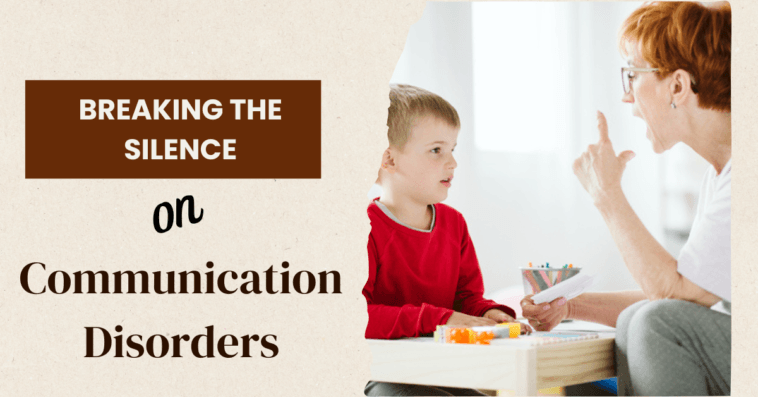Engaging in conversation, listening, and comprehension are all components of effective communication, illustrating the importance of communication in our daily lives. Discussing plans, opinions, and critical matters with friends and family is essential and a privilege for those who can do so effortlessly.
Cheryl Sjoberg, a speech and language teacher at Carillon Elementary School, explains that communication disorders do not have a one size fits all solution. The intensity required for each individual to communicate effectively can vary.
“I just think it’s important to make people aware of communication, as it is one of those things that is very important in life. If we can’t communicate, we can’t interact with people,” Sjoberg said. “You know, if you think about it, communication is everywhere. Whether you can communicate with your voice or through sign language, people must find a way to communicate.”
Growing up with her mom as a teacher, Sjoberg always felt encouraged to join the education field and specialize in something. After 27 years of working with students in the speech and language pathology department, she said her favorite part of her job is seeing students have their aha moments.
“You see that you got somewhere with a student even if it’s just them recognizing you or understanding your voice, or following you in a room, that’s communication too,” Sjoberg said. “Sometimes parents just want their kids to be able to say, mommy and daddy. Especially with some of our pre-K and highly autistic kids who are nonverbal, sometimes all they want, you know, is to make their kid be able to talk.”
She said each student she works with has an independent education plan tailored to them so they can reach their personal goals in the classroom depending on their levels of understanding. While she said everyone is working on their things, she tries to incorporate therapy materials and activities to involve a whole group of students.
Sjoberg tries to make it fun by playing games students will get excited about. Sjoberg said she has a variety of specially targeted speech and language games in her classroom but can also adapt everyday ones like “Sorry” or “Trouble” to speech therapy.
She mentioned how parents could implement early intervention by modifying everyday activities to suit their child’s needs.
“Show them things, talk to them, read to them when they are out and about in public. Talk to them at the grocery store, and teach them language concepts that could be as simple as ‘Hey, we’re in the produce section, here’s the apple, here’s the banana, this is a fruit, this is a vegetable,” Sjoberg said. “When talking to them at home, engage them in everything because I think a lot of the communication we’re losing is because of technology.”
As far as early intervention goes, she said the earlier, the better. Acquiring new knowledge at a younger age can be simpler than unlearning it at an older age.
Through her time in the field, Sjoberg has seen more awareness of being able to communicate in various aspects of life. Whether it is studies of light-hearted topics like how to effectively communicate with dogs or more life-altering issues like being able to communicate after traumatic events, she said she is glad to see more outreach.
“So, making people aware of all the different ways to communicate that they may not know about can help them become more sensitive to the fact that there are people in this world who have difficulty communicating,” Sjoberg said.



Comments